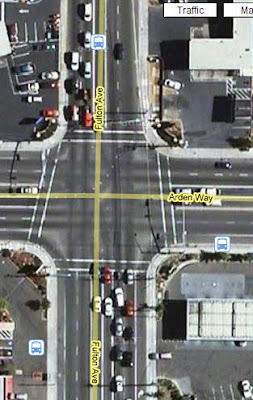 Finished Bill Boyarsky's slim volume on Jesse Unruh, the legendary former speaker of the California Assembly who transformed the Legislature from a part-time vassal agency, subservient to the governor, to a professional, co-equal branch of state government.
Finished Bill Boyarsky's slim volume on Jesse Unruh, the legendary former speaker of the California Assembly who transformed the Legislature from a part-time vassal agency, subservient to the governor, to a professional, co-equal branch of state government.
Boyarsky sets his goal in the prologue:
"By studying his life and the story of the institutions he built, we can learn something about why government worked so well in his era, when it served both the poor and the middle class through institutions carefully built by a California government that confronted issues remarkably similar to those Americans face today."But that's just too big a bite of history to digest in 224 pages. As a result, the book's examination of those events seems at best cursory. Complicating matters is the fact that Boyarsky covered much of this era as a wire service and newspaper journalist. By combining his personal experience with the history he tries to tell, what results is a muddle of biography and memoir that doesn't satisfy either.
Much like my muddled personal blog book reports.
My mother was an active member of the California Democratic Council, an organization that Unruh felt was too elitist, too detached from the realities of blue collar Democrats. I find it an interesting omission that Boyarsky's discussion of the CDC fails to point out that the organization was the outgrowth of the "Stevenson Clubs" established during Adlai Stevenson's idealistic, but unsuccessful campaigns for president. We learn in the book that Unruh favored Truman over Wallace in the campaign to succeed FDR, but where was Unruh in the Stevenson campaigns?
Coming as I did from an environment of liberal CDC politics, I grew up with a well-developed dislike for Unruh's down-to-earth politics, a politics where the goal was to acquire personal power in the pursuit of good works. It was this type of politics that created a "Big Daddy" who could promote civil rights and fair housing legislation.
Today, having outgrown that liberal cocoon, I better appreciate the art of Unruh's work. Both as Assembly speaker and later as state treasurer, Unruh gathered to himself great power. He then used that power to both personally enrich himself and at the same time to make changes for the betterment of those less fortunate. His campaign against the "greenmail" tactics that roiled Wall Street in the 1980s and his efforts to establish shareholder rights are examples of the good works Unruh accomplished while raking in more than a million dollars in campaign gifts from people who profited from California bond sales managed by Unruh's office.
Unruh was California's equivalent of the East Coast political bosses or Chicago Mayor Richard Daley: He knew the rules and how to play the game. In an interview with a Los Angeles Times reporter who sought to make something of Unruh's milking of campaign cash from Wall Street investment houses with business before the treasurer's office, Unruh said:
"[I] don't propose to talk about campaign financing. Your paper has written on it many times, and as far as I'm concerned we've been down though the list, and as a consequence, I've said all I have to say on that. Okay? Which is essentially that I don't like the way the game is played, and until we get some other alternative method, the only alternative to not using the present method is to lose."And Unruh didn't like to lose.

















